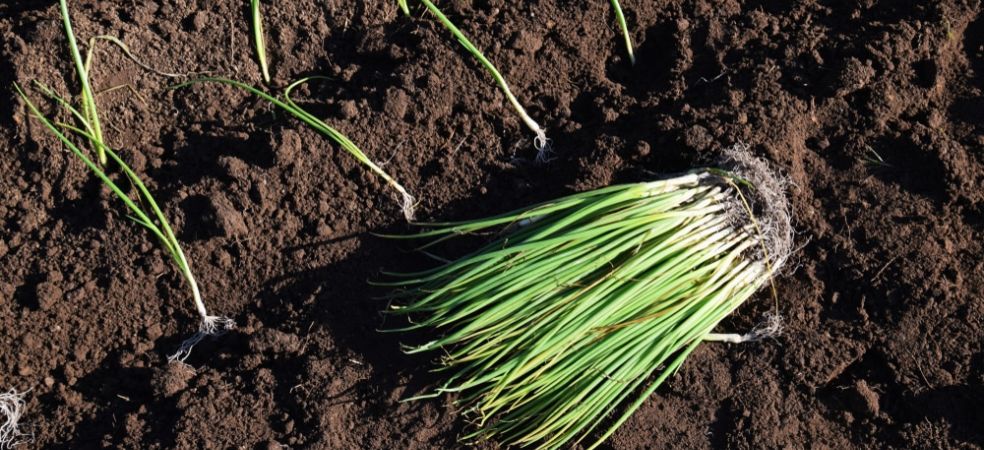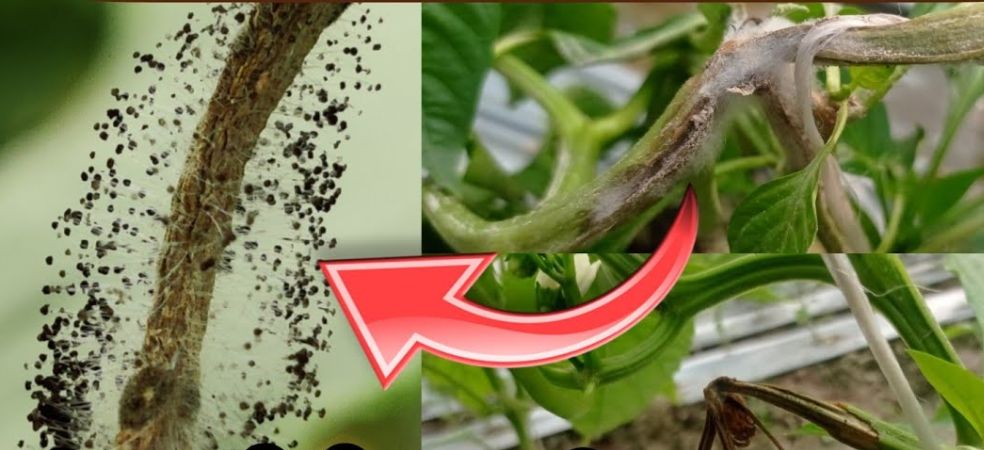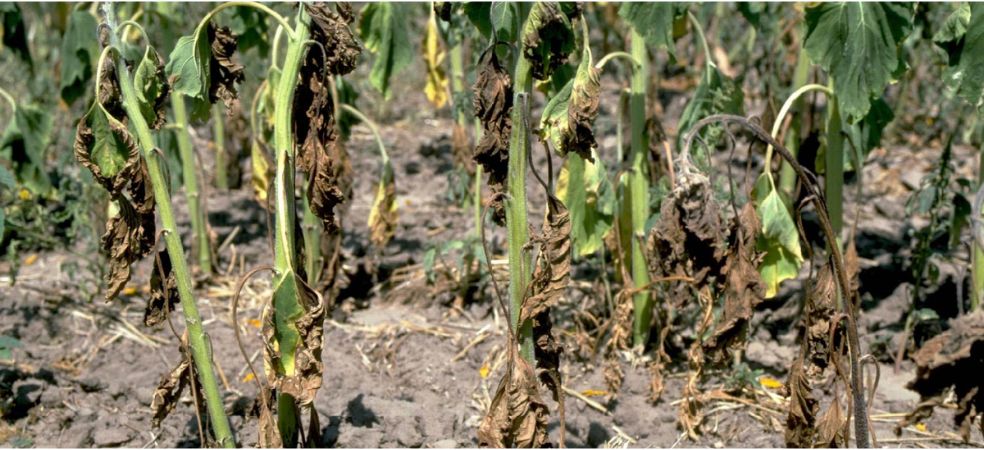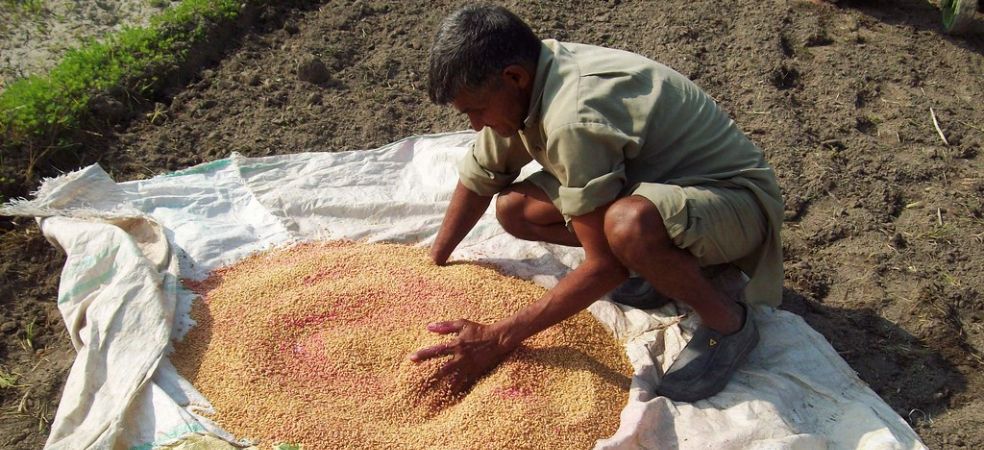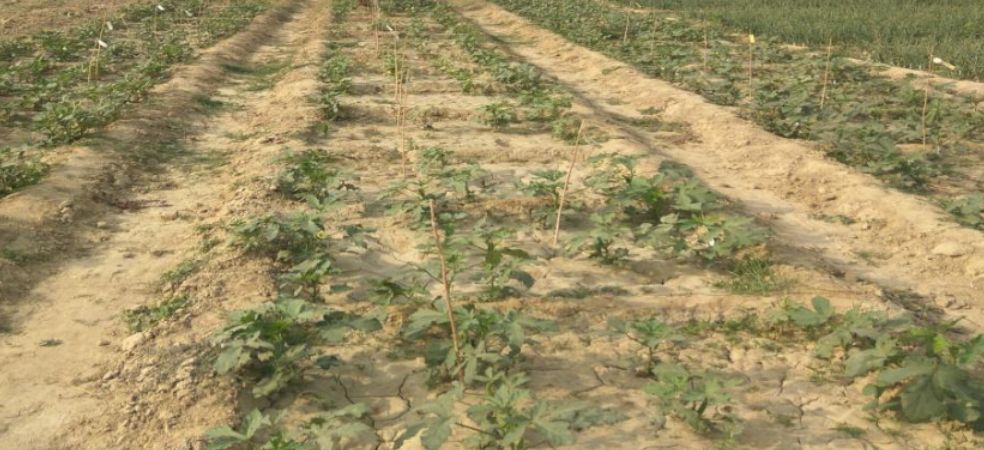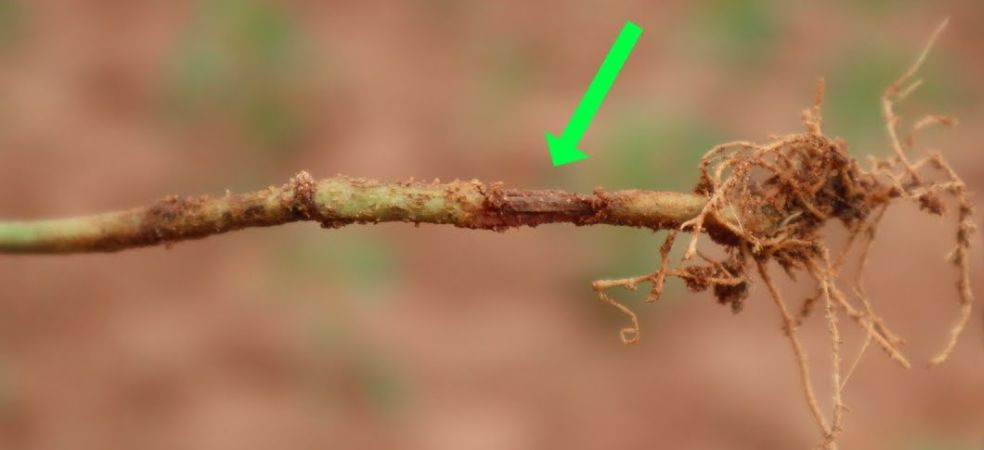-
For transplanting onion seedlings, select healthy seedlings, and transplant 12 to 14 cm tall or 5-6 weeks old seedlings after sowing in the nursery.
-
Sometimes it is ready for transplanting in 6-7 weeks depending on soil, climate and water availability.
-
Before transplanting, make a solution based on Rizocare (Trichoderma Viride 1.0% WP) @ 2.5 gm or Sprint (Carbendazim 25% + Mancozeb 50% WS) @ 3 gm per litre of water, and keep the plants in the solution for 10 minutes. Keep the root submerged.
-
Due to this, the crop can be saved from early-stage diseases like Damping off, and root rot.
Shareor more such important information related to the agriculture sector, keep reading the articles of Gramophone daily. If you liked today’s information, then do not forget to share.

